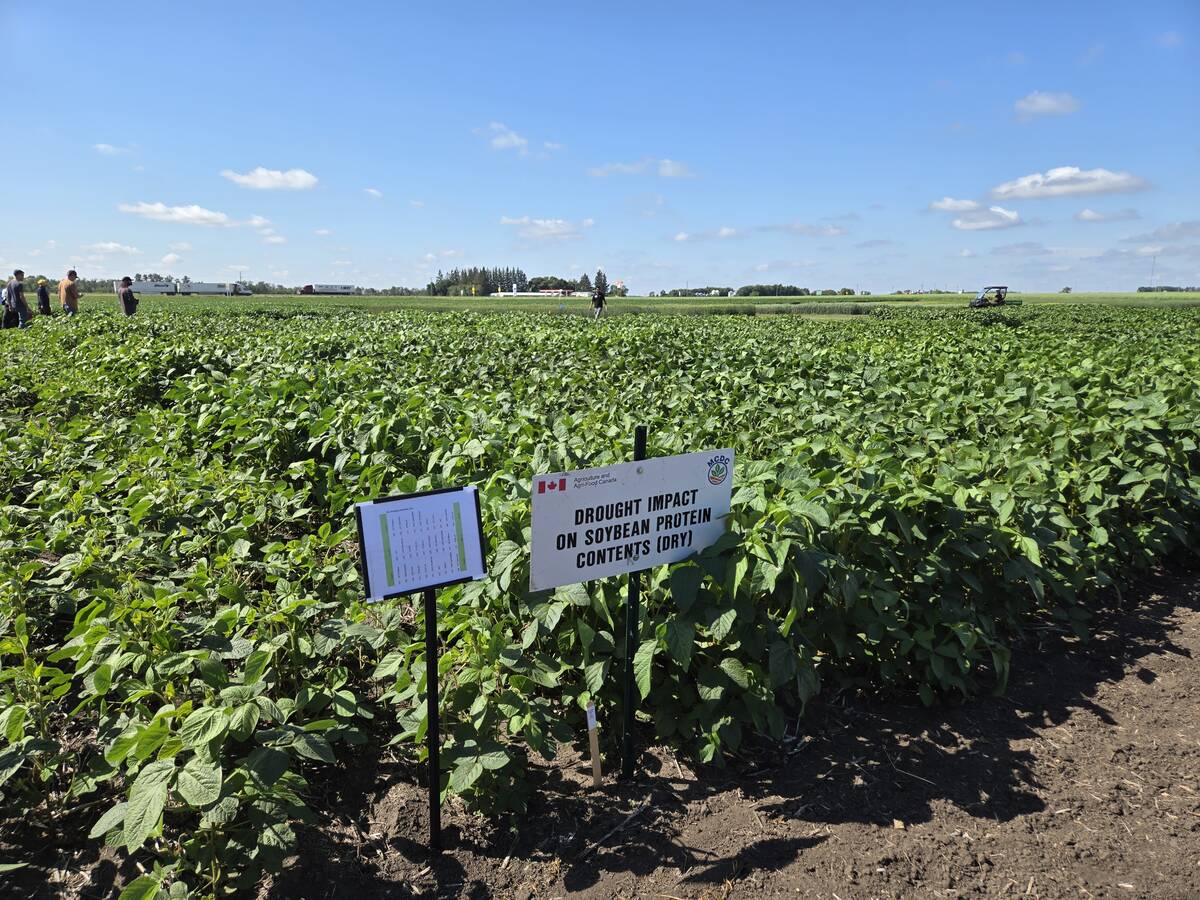Marlene Boersch was careful to avoid the term “marketing board” when outlining the type of collective action green lentil growers could take to improve prices.
But those who heard her Pulse Days presentation knew what she was talking about when she outlined one of the more extreme options.
Cal Kelly, president of Emerald Seed Products Ltd., in Avonlea, Sask., reminded Boersch that Saskatchewan Pulse Growers was founded by free-enterprise farmers who wanted to market their own grain instead of relying on the Canadian Wheat Board.
Read Also

Carberry field day looks for agriculture solutions
Manitoba farmers explored research solutions for resilient crops, perpetual agronomic issues and new kinds of agricultural products at a field day at the Manitoba Crop Diversification Centre in Carberry on Aug. 6.
“Using market power and trying to get collective action doesn’t really work with this kind of a group and this kind of an industry,” he said.
“Whenever we talk about a Canadian lentil board or any initiatives like that, people are going to run in the opposite direction.”
Boersch, a former pulse crop trader who considers herself a free-enterpriser, conceded that point.
“I agree with you that any kind of collective action is a very difficult question in this environment.”
But she noted that growers, processors and exporters have done a miserable job on their own of parlaying their position of total dominance in the green lentil export market into better prices, so it may be time to consider some type of co-ordinated control over the crop’s movement and pricing.
“We have been trapped in a rut,” she said.
Jim Mann, president of Farmers of North America, a bulk input buying firm, said his company looked into the issue and came to the same conclusion as Boersch.
“It definitely involves farmers working together in some fashion,” he said.
Maurice Delage, a grower from Indian Head, Sask., would like to see a different kind of change. He wants the industry to pursue Boersch’s suggestion to establish a loan program, similar to what is used in the United States.
He said a floor price is needed to mitigate a situation that exists today, where red lentils are selling for 14 cents per pound and large greens for 16 cents per lb. in a market where growers can fix canola prices at $8.50 per bushel.
“If I profit out my options, lentils are at the bottom of the scale. If I simply go by where prices are today it means I’m going to cut my lentil acres in half,” said Delage, who usually grows 2,200 to 2,500 acres of lentils.
Growers can fix their wheat and canola prices but with no lentil contracts on the market they have to absorb all the risks in growing the crop. He likes the idea of setting up a loan program where growers can borrow money against their product to generate cash flow without having to sell into the market lows.
Other growers in attendance expressed bewilderment that Saskatchewan Pulse Growers would even table a report asking growers to consider establishing a lentil marketing board in the middle of a heated debate over the Canadian Wheat Board.
SPG executive director Garth Patterson knew Boersch’s report would evoke some emotional responses, but he hoped it also stimulates rational and objective debate.
He said the lentil industry can keep travelling the rocky road it has been on or try some changes, which may be as benign as gathering better market intelligence.
“Leadership means you don’t shy away from issues,” said Patterson.















